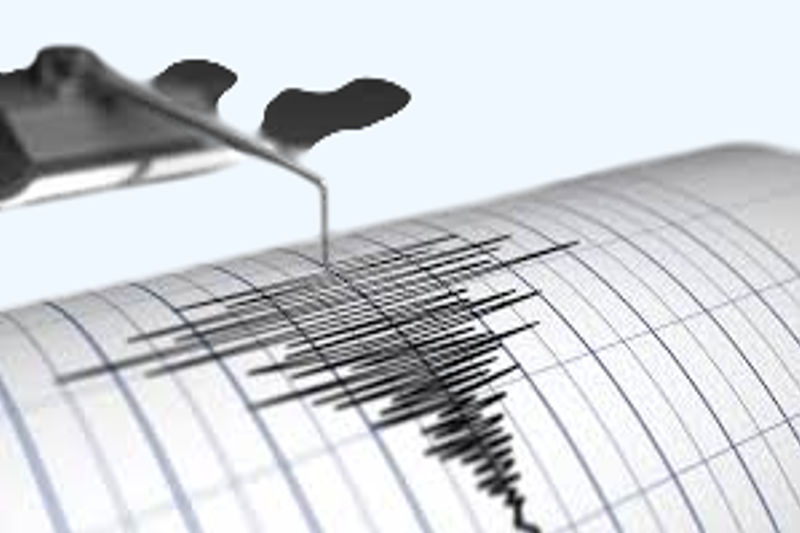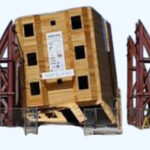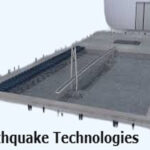Earthquakes and other natural disasters pose serious risks to infrastructure, economy, and human life. The United States, particularly regions like California, Alaska, and the Pacific Northwest, is highly susceptible to seismic activity. Over the years, the U.S. has invested heavily in earthquake technologies to improve detection, early warning systems, and structural resilience. But just how advanced are these technologies, and what role do they play in mitigating earthquake risks?
This article explores the cutting edge earthquake technologies developed in the USA, their effectiveness, and how they contribute to disaster preparedness and response.
1. Earthquake Early Warning Systems (EEWS)
One of the most significant advancements in earthquake technology is the development of Earthquake Early Warning Systems (EEWS). The U.S. Geological Survey (USGS), in collaboration with universities and tech companies, has implemented Shake Alert, an early warning system designed to detect earthquakes seconds before shaking begins.
How Shake Alert Works
Sensors detect the initial seismic waves (waves) that travel faster than the destructive waves.
Algorithms analyze the data to estimate the earthquake’s magnitude and location.
Alerts are sent via mobile apps, radio, and emergency broadcasts, giving people and automated systems crucial seconds to take protective actions.
While Shake Alert is operational in California, Oregon, and Washington, its effectiveness depends on how quickly warnings reach the public. Countries like Japan and Mexico have more mature systems, but the U.S. is rapidly improving its infrastructure.
2. Advanced Seismic Monitoring Networks
The USA has one of the most sophisticated seismic monitoring networks in the world. The Advanced National Seismic System (ANSS) consists of thousands of seismometers that provide real time data on earthquake activity.
Key Features of ANSS
High precision sensors detect even minor tremors.
Real time data sharing helps scientists and emergency responders assess risks quickly.
Integration with building codes ensures new constructions are designed to withstand predicted shaking levels.
This network not only aids in immediate disaster response but also helps in long term earthquake forecasting.
3. Earthquake Resistant Building Technologies
Even with early warnings, buildings must withstand seismic forces to prevent catastrophic collapses. The U.S. has pioneered several earthquake resistant construction technologies:
Base Isolation Systems
Buildings are placed on flexible bearings that absorb seismic energy.
Used in critical infrastructure like hospitals, bridges, and government buildings.
Energy Dissipation Devices
Shock absorbers and dampers lessen the impact of shaking.
Commonly installed in skyscrapers in earthquake prone cities like Los Angeles and San Francisco.
Smart Materials and Retrofitting
Shape memory alloys allow buildings to return to their original form after deformation.
To comply with contemporary safety regulations, older buildings are modified with reinforced concrete and steel frames.
These innovations have significantly reduced fatalities and economic losses from earthquakes in the U.S.
4. AI and Machine Learning in Earthquake Prediction
While predicting earthquakes with absolute accuracy remains impossible, artificial intelligence (AI) and machine learning are enhancing forecasting capabilities.
How AI Helps
Analyzes vast amounts of seismic data to identify patterns.
enhances early warning systems by lowering false alarms.
Helps simulate earthquake scenarios for better urban planning.
Researchers at Stanford and MIT are developing AI models that could one day predict earthquakes minutes or even hours before they occur.
5. Public Awareness and Emergency Response Technologies
Technology alone isn’t enough—public education and efficient emergency response are crucial. The U.S. has implemented:
Mobile Alert Systems
Wireless Emergency Alerts (WEA) sends earthquake warnings to smart phones.
Apps like My Shake provide personalized alerts based on location.
Community Preparedness Programs
FEMA’s Earthquake Preparedness Campaigns teach citizens “Drop, Cover, and Hold On” techniques.
Drills like The Great Shake Out train millions on how to react during an earthquake.
6. Challenges and Future Developments
Despite advancements, challenges remain:
Funding limitations delay full implementation of Shake Alert nationwide.
Outdated infrastructure in some regions increases vulnerability.
Early warnings are less effective when the public is complacent.
Future developments may include:
Satellite based earthquake detection for faster warnings.
Quantum sensors can provide extremely accurate seismic measurements.
Automatic shutdown systems for gas and electricity to prevent secondary disasters.
Conclusion: Is the USA Leading in Earthquake Technology?
The United States has made significant strides in earthquake technologies, from early warning systems to AI driven predictions and resilient infrastructure. While countries like Japan and Mexico have more established early warning networks, the U.S. is rapidly catching up with innovations like Shake Alert and smart construction techniques.
However, technology alone cannot prevent disasters—public awareness, government funding, and continued research are essential. As seismic risks grow due to urbanization and climate change, the development of advanced earthquake technologies in the USA will play a critical role in saving lives and minimizing damage.
By investing in these innovations, the U.S. is not only protecting its citizens but also setting a global standard for earthquake preparedness.
“Does the USA have developed earthquake technologies?”
“Earthquake early warning systems in the USA”
“Shake Alert and earthquake detection”
“Earthquake resistant building technologies”
“AI in earthquake prediction”
“Advanced seismic monitoring in the U.S.”


